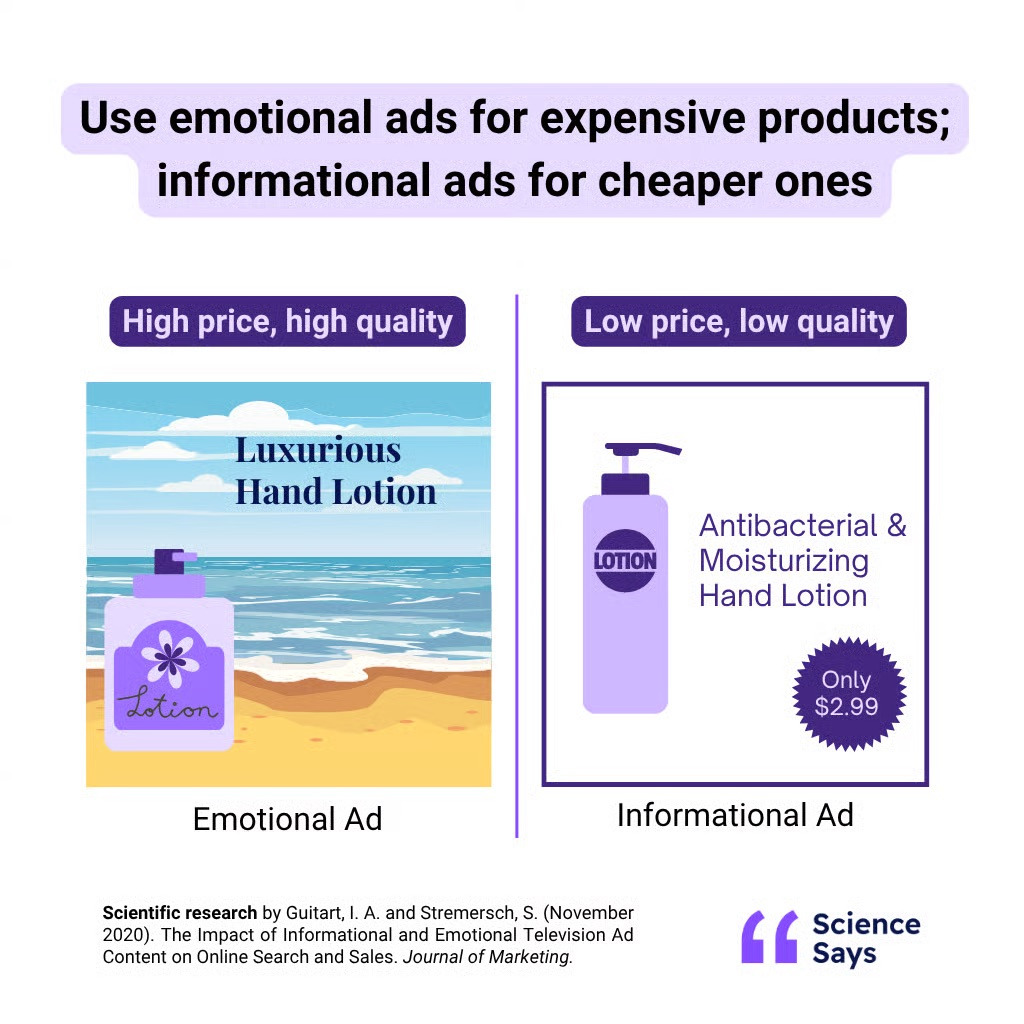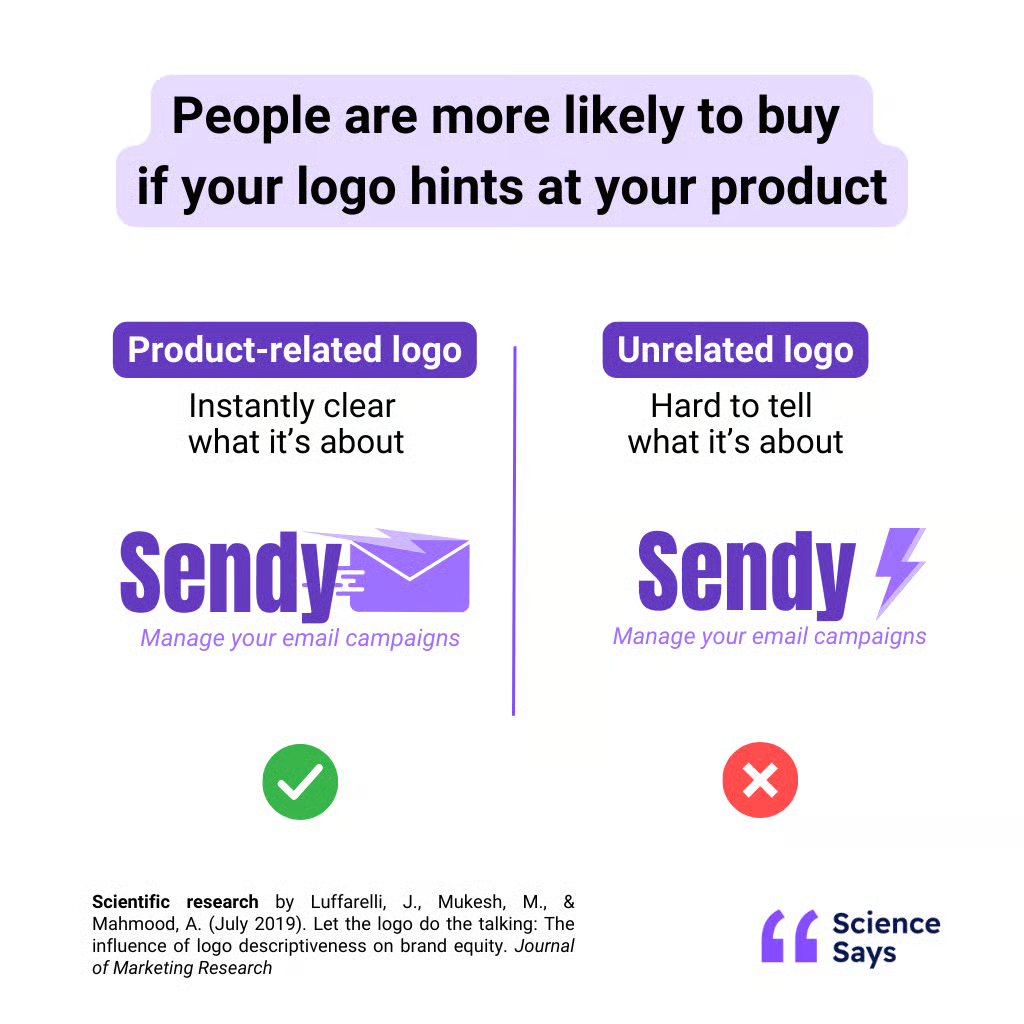1…
2…
3…
Does the visitor that landed on your homepage know what you do yet?
Video helps. Especially if you start right before you get eaten by the bear.
Have a high price, high quality product? Lean into emotional ads.
Have a low price, low quality product? Focus on informational ads.
Emotional ads draw interest, informational ads close sales.
Both are needed. The mix is based on how short the path to purchase is.
via Science Says

Science Says a logo icon related to your offering is rated “more positively, authentic and warm, regardless of how much they liked the logos' visuals.”
Why?
Descriptive logos are easier to process so we immediately understand what the brand is about.
They also help us more easily associate the brand with the product.
This makes us think the brand is more honest and transparent.
I wonder how this will change post-AI image generation. Will unrelated icons become a signifier of human input? Are LLMs better at non-obvious icon development?


